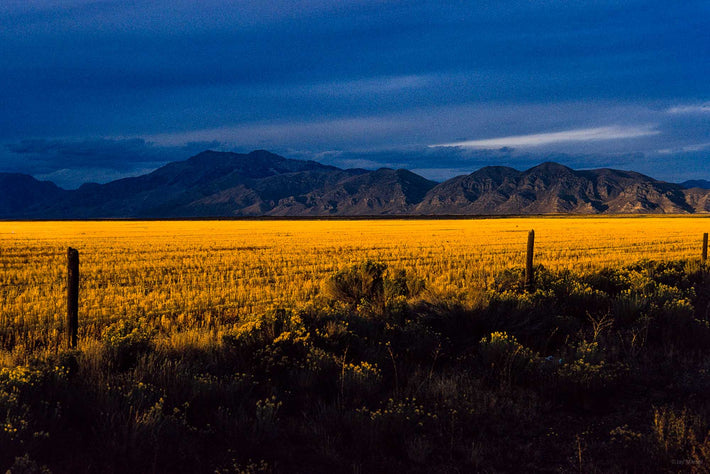What constitutes a favorite is that after seeing it every day for years, it doesn’t lose its power.
I know some photographers who are always quite delighted with everything they do. I wish I was like that, but I find a great many of my images lose their power or at least my interest at some later date. Either I’m not interested in the subject anymore or I’m just no longer impressed with the image.
Arthur Meyerson, a very good Houston, Texas, photographer, is a buddy of mine. At one point he offered me his studio for an exhibit of my images for FotoFest in Houston. This was an exhibit of 85 images. Another friend of mine, Gary Winter, was doing a video on me. He’s one of these guys who doesn’t intrude when he’s shooting—a real “fly on the wall” type—so when he asks a question, it’s a rare occurrence.
“So, Jay,” he said, “What’s the reason you picked these particular 85 pictures for this show?”
“They’re my favorites.”
“I was hoping for something a little more insightful and articulate, ” he replied.
I thought about it and realized after looking at one particular image what was behind my choices. I explained that when I shot “Man with Headband,” I was anxious, even terrified because I knew all the things that could go wrong. It was like a litany: “Please don’t let the light change,” Please don’t let somebody walk in front of him,” “Please don’t let him turn around.” I realized at that point that each and every picture in the show was a variation of this. A moment charged with all the things that move me, and the fear of losing it. The apprehension, the near certainty that something or someone, if not myself, was going to compromise the image.
There is an emotional seesaw on perceiving what you think is a great image. It moves between glee and trepidation. The more excited I am, the better the image, the more naked emotion I feel, the more exhilaration there is, the more it is counterbalanced by the certainty that something is going to f*¢% this up.
This anxiety never happens with pictures that are less compelling or less emotional. It never happens with pictures that are intellectually motivated or studies, or with pictures that are about information, history, or pure documentation.
These favorites have stood the test of time, even though they’re mine they still work for me, and I do love them.
